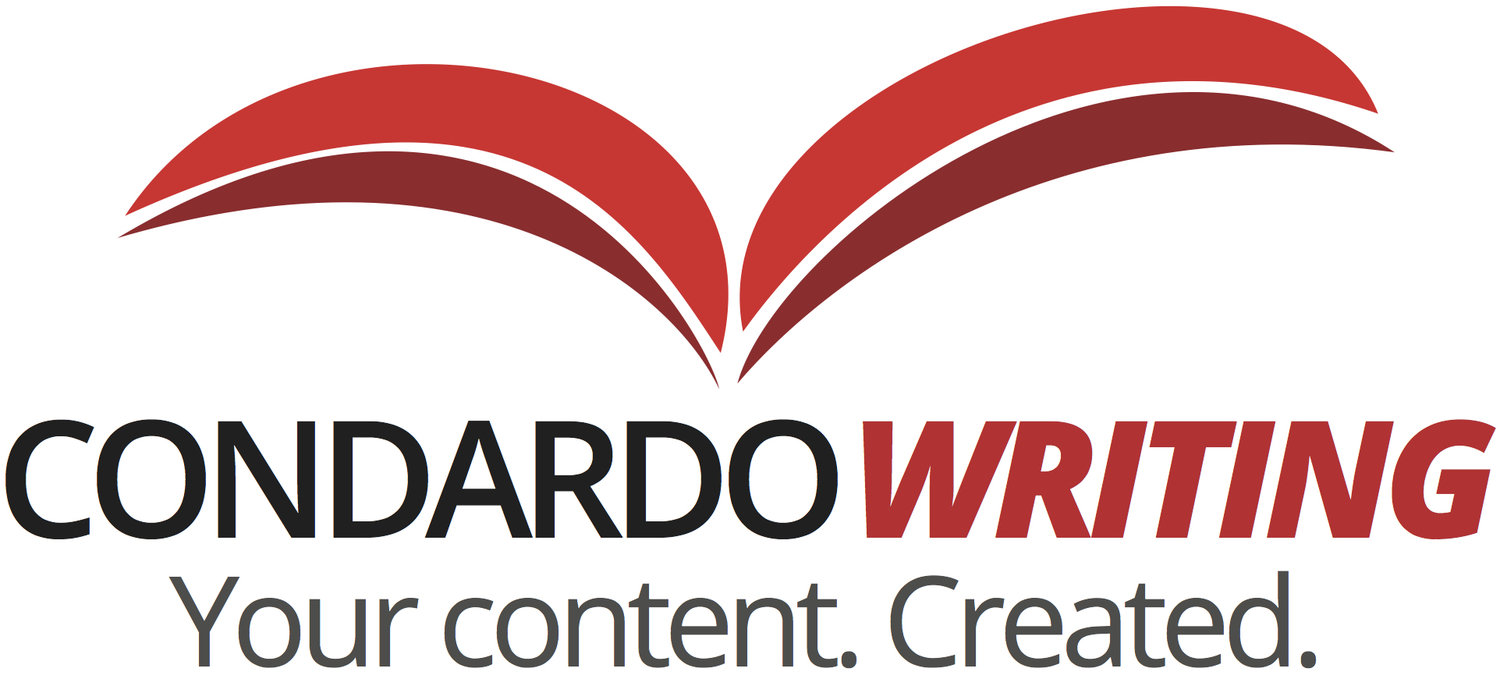As we all know by now, content continues to be a crucial element in all marketing programs. But according to a recent survey, there are some key differences when reaching out to B2C and B2B customers. Technology Marketers need to consider these differences when formulating their content marketing plans.
An overriding conclusion of Eccolo Media's 2012 B2B Technology Collateral Survey Report is that technology customers "require vast amounts of compelling and useful content in order to engage with a vendor." The report goes on to say that "content marketing is now a recognized and adopted strategy to engage buyers and build trust within one's market segment. Consumers are driving the demand for high quality, relevant, and useful content."
Here are five takeaways from the survey of C-level executives, vice presidents, directors, managers, developers/programmers, and technicians at US-based companies
1. Match the right content to the right market
The report points out that technology marketers need to consider two very different markets when developing their content marketing plan - the large enterprise customers and the small/mid market (SMB) businesses. It's especially important to differentiate between those markets for two specific reasons. First , according to an IDC Customer Engagement Study, the SMB market is a $460 billion business growing at 7% per year. Second, and more importantly, the content that drives decision-making in the two markets is very different.
The survey discovered that SMB customers consume far less of each type of content than large Enterprise customers. For example, 72% of Enterprise customers read a white paper while only 31% of SMB customers consulted one. Thirty-one percent of SMB clients reported that they consumed no collateral material at all compared to only 9% of Enterprise customers.
The report suggests this is caused by marketers not developing content - white papers, case studies, eBooks - specifically for the SMB customer. Instead they are "reskinning" content written for Enterprise customers and the SMB prospect finds that irrelevant to his or her very different requirements. The survey concluded that marketers need to stop such repurposing and ensure that "content and collateral assets deployed to small businesses are written with this unique audience in mind."
2. Use mix of traditional and new content vehicles
While it's important for technology marketers to take advantage of the newer marketing channels, the survey showed that technology buyers still gravitate toward the more traditional content. Product brochures/data sheets (61%) and white papers (55%) topped the list of most consumed content followed by technology guides (47%). Newer vehicles like webinars (41%), blogs/social content (38%), ebooks (36%) and infographics (31%) were used much less.
When it comes to influencing the buying decision, white papers were picked as the clear number one choice with 46% calling them the most influential. Case studies (29%) and podcasts/audio files (25%) came in second and third followed by webinars (20%), and blogs and video( 18%). Ebooks and infographics trailed behind.
3. Maintain a strong website
When asked on what channel they receive their content, 37% of the respondents cited personal contact, the highest of any method. Second most was downloading information from a web site, named by 34%. Those two topped the list again when it came to influencing the buying decision, but the gap was much closer. Thirty percent ranked personal contact as most influential, while 29% said they were most influenced by information from a company's web site.
The report concluded that, "frequently used and perceived as very influential, a corporate Web site that is carefully planned, refreshed regularly, and leveraged as a channel to engage with prospects remains a vital strategy to build customer loyalty and increase revenues."
4. Ramp up social media
Although traditional content vehicles still lead the way, the report shows that social media will continue to be an influencer in technology buyers' decision making process. Facebook was named by 43% of respondents as having assisted them in a technology purchasing process. LinkedIn (29%) and YouTube (28%) also ranked highly. Overall, 77% of respondents said that simply having social media buttons increased the influence of written content.
"While the novelty of social sharing is less pronounced than last year," the report concluded, "it is clear that social media channels are becoming an important way to engage customers."
5. Focus on desktop vs mobile
This startling revelation seems to fly in the face of all current trends, but the survey clearly shows that technology customers gather most of their content on their desktops as opposed to their mobile devices. Sixty-two percent of respondents reported that they frequently consume vendor content on a desktop. Printed materials (10%) and tablet devices (9%) were a distant second and third. Only 6% reported reviewing content on a smart phone.
So while some enterprise customers do use mobile and tablet to gather information, the report concluded that technology marketers should "consider the type of content that you can deliver via this method and who your audience is before allocating valuable budget to custom applications."
What type of content are you using to attract technology buyers? What vehicle is most effective in driving leads and sales?




